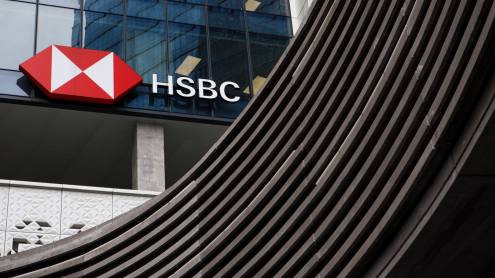There has been a lot of news about cash over the past few months. The European Central Bank (ECB), for example, has been canvassing the bloc’s citizens on the proposed themes for the next series of euro banknotes (expected to be rolled out in 2028). Additionally, many have been discussing life with cash, particularly in the UK where banks will face fines if they breach rules on access to cash.
But is cash still relevant? Do we need new banknotes?
I am guessing that most of the cash discussions were kicked off by the fact that in June the European Commission (EC) put forward proposals for a new Payment Services Directive, or PSD3. Having been involved in PSD developments since their inception in the 2000s, I was intrigued to read the text of PSD3, particularly to see if it resolved the main point bankers made about the current regulation (PSD2), which is that they were forced to open up to third-party payment services providers (TPPs) via application programming interfaces (APIs). But what about vice versa?
Will PSD3 force TPPs to open up to banks through APIs? Well, not exactly. But why would a bank want access to a TPP’s data, some might ask? Answer: data enrichment. But, more importantly, we need to look at how the payments market has evolved since the first two directives and regulations were introduced almost 20 years ago. Which brings me back to cash.
In its PSD3 announcement, the EC points out that the payments market has changed significantly. Electronic payments reached €240tn in value in 2021 compared with €184.2tn in 2017. The ECB also noted that cash was used for just 59% of euro transactions in 2022, down from 72% three years previously.
My favourite example is a man who walked into a bar and paid for his beer with cash. It took staff 10 minutes to find a key to the old cash till
To put this into context, 62% of all UK payments were made in cash in 2006, when the first directive was drafted. Cash reduced to 40% of payments by 2016, and by 2021 just 15% of payments were made in cash, according to UK Finance. In the same report, the trade body noted that 32% of adults were registered for mobile payments in 2021 and 92% paid this way in 2022.
Meanwhile, contactless payments represent 63% of all credit card transactions and 76% of all debit card purchases in the UK. The result is a very different payments market, as demonstrated by the fact that the number of ATMs fell by 22% between 2018 and 2022 (from 63,152 to 51,253), according to the UK ATM system Link (although, notably, UK banking customers withdrew £83bn from cash machines in 2022 compared with £79bn in 2021).
So, what is the state of cash in 2023?
Not good, is the answer. In fact, judging from the experience of a few friends who tried to live on cash for a day — a bold experiment these days — they found many places do not accept cash at all. Most bookings have to be done digitally. Try buying a train or concert ticket with cash. It’s not easy.
My favourite example of the ‘using cash’ challenge is a man who walked into a bar and paid for his beer with cash. It took 10 minutes for the bar staff to find a key to open the old cash till.
Cash: what is it good for? Absolutely nothing, is the main mantra (unless you’re a criminal). But even as I write that, I think about the UK’s attempt to relegate cheques to the dustbin of history more than a decade ago, which was not successful. There was a huge pushback, specifically from people who run small community groups, such as Scout troops or book clubs, who rely on cheques and cash for payment.
Equally, if cash is good for nothing, why is Europe running a competition to design new notes? Euro banknotes are facing a redesign for the first time since their launch in 2002, with a plan to make the currency “more relatable to Europeans of all ages and backgrounds”. That means there will be no leaders, people or places on the banknotes that can be identified.
Announcing the redesign, which was subject to an open consultation process earlier this year, ECB board member Fabio Panetta said: “We are committed to cash and to ensuring that paying with public money is always an option.”
So cash is not going away. In fact, cash is the only medium that can be used for a payment of value that is trusted, anonymous and immediate. The EC has just reinforced that medium and, if you can name a better alternative, I would be glad to hear it.







